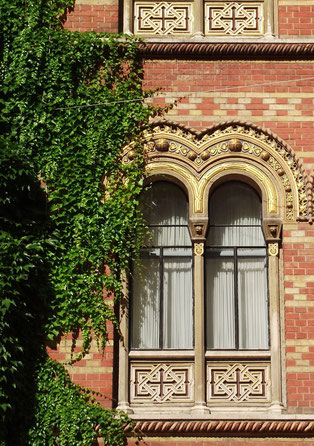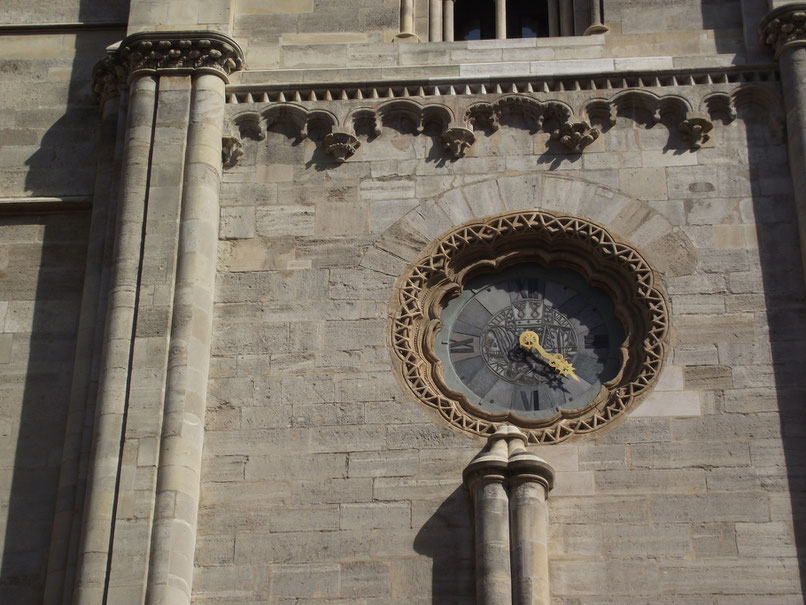

In a brief interlude from ranting about refugees and politics, I thought it might be nice for us to regroup over some pretty bits of history.
I've talked quite extensively about how you can spend your time in Vienna, explore the city like a local and even enjoy yourself as a Vegan if that floats your boat. This particular post will instead focus on a little on the city's past and various bits of its buildings.
***********************************
Thank-you again to Ailsa, who helped me celebrate my birthday and put me up for a week while trying to finish the last semester of her Human Rights course in Vienna. :)
Passing from dynasty to dynasty, Vienna has always been near the heart of European history and the city is built from reminders of previous civilisations. As with most famous cities, the best way to orientate yourself is to wander around the centre aimlessly until you feel drawn in any particular direction. Some would say leave your map, but I could be lost forever without one (or a friend's instructions to follow back home).
Starting as a military camp, Vienna grew from the Roman settlement known as Vindobona. It then became the capital of the Babenberg dynasty and later, Austrian Habsburgs, soon growing to be one of Europe's cultural hubs. By the 19th century, as the capital of the Austrian Empire then Austria-Hungary, it expanded to became one of the largest cities in the continent. Though that's no longer the case, Vienna has been the capital of the Republic of Austria since WW1 and is now known for its high quality of life and refreshing focus on the arts.
Golden mosaics...
Schönbrunn Palace
Once the Summer residence of the monarchy, Schönbrunn Palace is one of the most touristy places in Austria for good reason.
The vast gardens, created between 1773 and 1780 under direction from German Johann Wilhelm Beyer, are free to explore. The Neptune Fountain (shown above) presides over the gardens and to my mind is seconded only by that in Trevi, Rome.

Janus and Bellona
Though ostentatious in its grandeur, I couldn't help but love Schönbrunn for the mystical creativity and intrigue of the grounds. Dozens of mythological characters line the gardens, but this sculpture was so bizarre I decided to look up its inspiration...
Janus, looking both to the past and future, is the god of entrances and beginnings in the Roman religion. The formidable looking woman
beside him is Bellona, the goddess
of war.
Belvedere
The Belvedere is another enormous palace complex made up of the Upper and Lower Belvederes and a manicured Orangery. It was built as a summer-house for Prince Eugene of Savoy, utilising the proceeds of a series of profitable wars against the Ottoman Empire, at a time when Vienna was the imperial capital of the Habsburg dynasty.
Aside from hosting the World's largest collection of Klimt, something which I couldn't have been much more excited about, the Belvedere is an incredible example of Baroque architecture and has more free gardens and fountains to loose yourself amongst. It's maintained to perfection and on a sunny day, everything is dazzling.
You might also like- Living like a local in Vienna, Austria
For more in this rather specific series...
- Architectural details of Marrakesh, Morocco.
- Architectural details of Cusco, Peru.
- Architectural details of the Forbidden Purple City, Huế, Vietnam.
...and a few of my old Friday Fixes you might like too.
- Moscow's metro stations, Russia.
- Plaza de España, Seville, Spain.
- The faces of Angkor Thom, Cambodia.


















